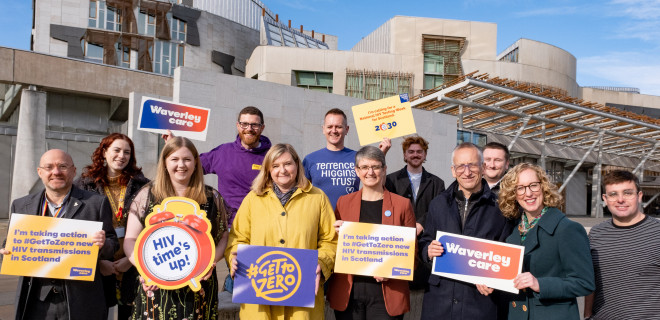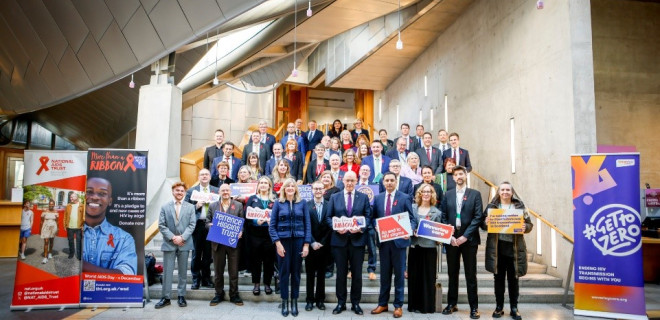New data published by Public Health Scotland today (1 July 2025) shows that new diagnoses of chlamydia and gonorrhoea dropped in Scotland last year.
Public Health Scotland reports that there was a 13% drop in rates of chlamydia, falling from 13,414 diagnoses in 2023 to 11,725 in 2024. Young people were most impacted, with people under 30 years old accounting for 77% of chlamydia diagnoses in 2024.
Diagnoses of gonorrhoea in Scotland similarly saw a decrease in 2024, after reaching historic highs the previous year. There were 4,534 diagnoses of gonorrhoea in 2024, a 24% drop from the 5,991 diagnoses in 2023. Men accounted for 75% of all gonorrhoea diagnoses in 2024, with diagnoses increasing in men aged 30 years and older. Gay, bisexual, and other men who have sex with men (GBMSM) had the highest gonorrhoea positivity rates.
The Scottish Government recently announced funding to roll-out a vaccination programme for gonorrhoea in order to combat high STI rates and rising levels of antibiotic resistant gonorrhoea. To be delivered later this year, the government has stated that vaccine will be offered to those most at risk.
Testing levels for chlamydia and gonorrhoea have increased since 2023 and more widely have recovered from the COVID-19 pandemic. However, young people were less likely to access STI testing, with those younger than 20 years of age having the lowest testing numbers. Testing rates for people under 25 years old have also failed to recover from the COVID-19 pandemic for both STIs.
Today’s publication also revealed that there were 14 diagnoses of Clade IIb mpox in 2024. This compares to two diagnoses in 2023 and 97 in 2022 during the mpox outbreak.
Rates of infectious syphilis were reported on for the first time since the COVID-19 pandemic, highlighting a significant increase from 258 diagnoses in 2020 to 564 in 2023. Diagnoses saw a slight drop to 525 in 2024. Between 2020 to 2024, 84% in diagnoses of infectious syphilis were in the GBMSM community.
Richard Angell OBE, Chief Executive of Terrence Higgins Trust said:
“The drop in new diagnoses of gonorrhoea and chlamydia is extremely welcome and allows us room for targeted interventions to fully turn the tide on the historic rates of STIs in Scotland, such as the game-changing gonorrhoea vaccine programme that will be delivered later this year.
“While it is encouraging that STI testing rates have now recovered from the pandemic, today’s data from Public Health Scotland lays bare the stark inequalities in our STI response. It is particularly concerning that, despite accounting for a high proportion of new diagnoses of STIs like chlamydia, testing rates for young people have failed to bounce back from the pandemic.
“Without the delivery of the long-promised national online HIV and STI self-sampling testing service, we have one hand tied behind our back in our response to high STI rates. The Scottish Government must urgently take action to deliver on this commitment and improve access to STI testing, otherwise we risk the progress reported today becoming no more than an anomaly in a decade of rising STIs.”



